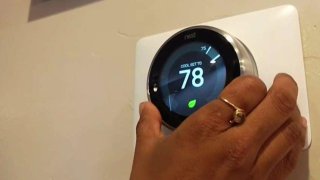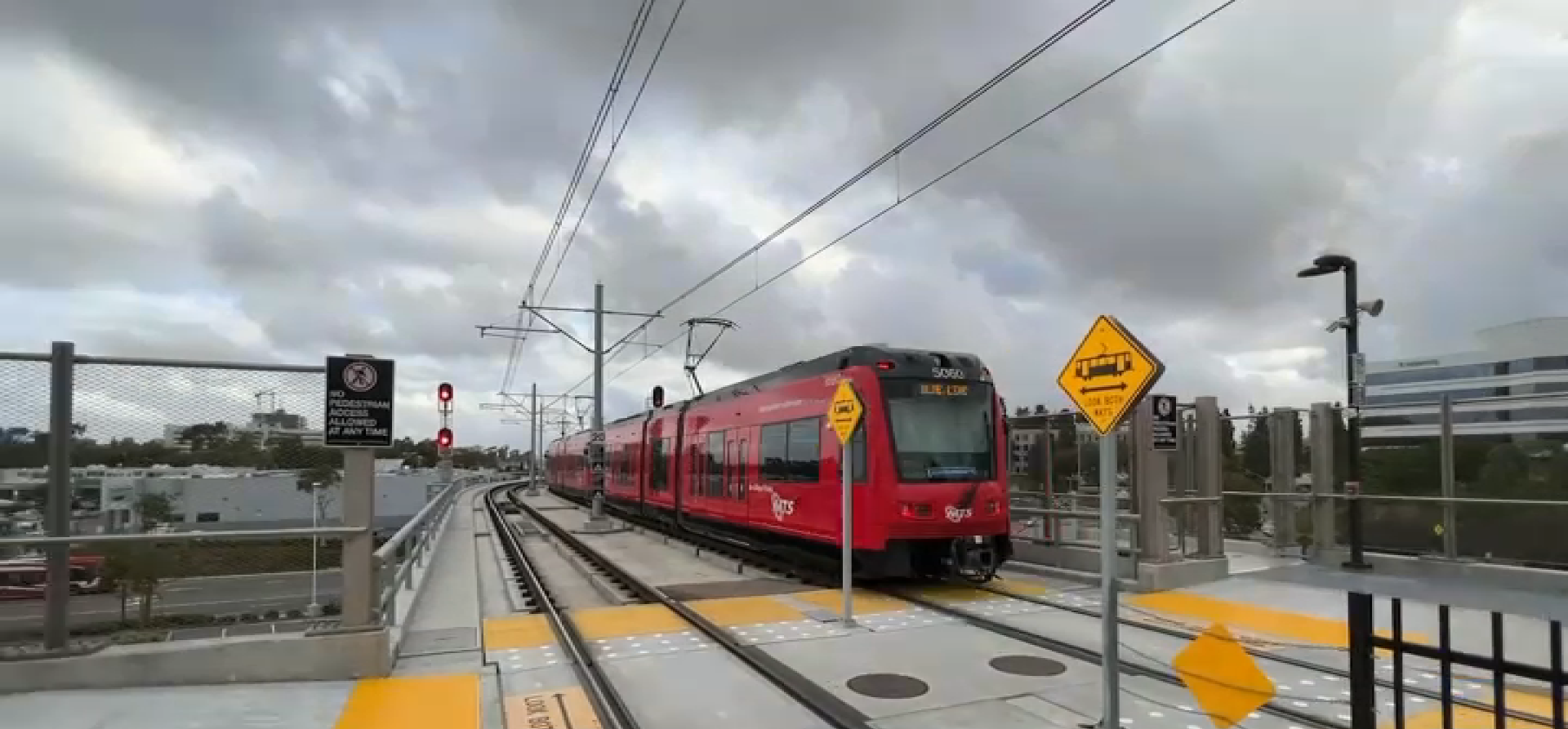
California will face its highest chance of blackouts this year as a brutal heat wave continues to blanket the state with triple-digit heat, prompting seven straight days of calls to conserve power in order to reduce strain on the state's electric grid.
California was entering "the most challenging days of the heat wave," said the California Independent Systems Operator, which manages California's energy grid, as they extended the state's Flex Alert for Monday from 4 to10 p.m. A flex alert was also issued for Tuesday from 4 to 9 p.m., making seven alerts in as many days.
A Flex Alert is a voluntary request to reduce power use during peak periods while there is less solar energy on the system, like during a heat wave when people up their air-conditioning use.
On Monday evening, the California ISO issued an additional Energy Emergency Alert 2 for Monday from 6:30 to 8 p.m. This type of alert means that the ISO is requesting emergency energy from all resources and has activated its emergency demand response program.
Get top local stories in San Diego delivered to you every morning. Sign up for NBC San Diego's News Headlines newsletter.
Energy demand is expected to outpace supply starting Monday evening, and predictions for Tuesday show the state rivaling its all-time high for electricity demand, said Elliot Mainzer, president and chief executive officer of the California Independent System Operator.
“Starting tomorrow, this multi-day event is going to get much more intense,” Mainzer said. “We are facing a load forecast of 48,817 megawatts and energy deficits between 2,000 and 4,000 megawatts for Monday, resulting in the highest likelihood of rotating outages we have seen so far this summer.”
Local
Without energy conservation, rolling blackouts may be possible but grid managers have several options available before power outages, like tapping backup generators, buying more power from other states and using so-called demand response programs, where people are paid to use less energy. But keeping the lights on will also require Californians to continue conserving as they have been, even as temperatures rise.
CAISO also issued a Stage 1 Energy Emergency Alert from 5 p.m. to 9 p.m. Monday. The first of three emergency alert stages, it means that “all resources are in use or committed for use, and energy deficiencies are expected" during the period, according to a CAISO website.
Stage 2 would involve turning to emergency energy measures, such as tapping backup generators, buying more power from other states and using so-called demand response programs, where people are paid to use less power.
Stage 3 would be rolling blackouts, where the energy load is reduced by switching off the power for (hopefully) short periods around the state.
The state has additional energy capacity for protection at the moment “but blackouts, rolling, rotating outages are a possibility today," Mainzer said, calling additional conservation "absolutely essential."
On Saturday night, the state used about 44,000 megawatts of electricity, Mainzer said. By Tuesday, that's supposed to ramp up to more than 50,000 megawatts, nearing record levels of energy use set in 2006. But the state would rather curb demand to avoid that number than test the power grid's capability to respond.
The Cal-ISO issued the first Flex Alert of the week on Wednesday, urging residents to reduce electricity use from 4 to 9 p.m. The alert worked, and the state avoided any involuntary blackouts.
"The ISO is working with state agencies and market participants to bring all available energy resources online for what are expected to be the most challenging days of the heat wave," according to Cal-ISO.
How to Save Power During a Flex Alert
A spokesperson for the Cal ISO said the most important thing residents can do to help the power grid is to pre-cool their apartment as much as possible during the day so they can raise their thermostats to 78 degrees or higher starting at 4 p.m. Make sure to close blinds and drapes to keep interiors cool and:
- Set thermostats to 78 degrees or higher;
- Avoid use of major appliances; if you must, use before 4 p.m., when solar energy is typically abundant
- Turn off unnecessary lights; and
- Avoid charging electric vehicles
A Flex Alert is the lowest-level notification issued by Cal-ISO, but if voluntary conservation fails to cut strain on the power grid, the agency could move into a series of emergency alerts that could ultimately lead to rolling blackouts.



